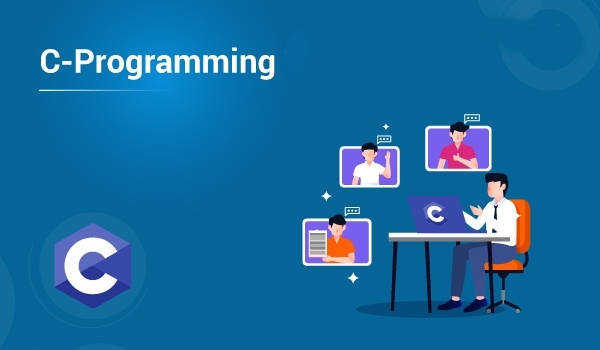Course Information:
Course Name: Structure Programming
Course Code: SE 121

Instructor's Detail:
Syeda Sumbul Hossain
Lecturer
(Senior Scale)
Department of Software Engineering
Daffodil International University
Mobile: 01618401100
Email: syeda.swe@diu.edu.bd
Instructions/Guideline for the course:
- All the students registered for this course have to enroll in Moodle
- Students can find all the course materials from Moodle.
- All
the students have to submit the soft copy of their "Assignment" in
Moodle under assignment section created here and for this, they will be
graded here.
- One
discussion or feedback forum is created under each of the lectures
Students have to give their feedback on this forum and marks will be
given for their feedback
- Any announcement regarding the class will be posted on Moodle. So they have to keep themselves always active on Moodle.
- All
the quizzes and presentations will be held in an online class.
- The
question pattern and the syllabus for the quizzes, midterm, and final
exam is given here under each of the section (quizzes, midterm and
final)
- There are
midterm and final exam preparation forum under these sections where
students can discuss with each other about their midterm and final exam
syllabus, any problem regarding the exam, etc.
Aims and Objectives:
The goal of this course is to introduce the students to the concept of programming and principles of structure programming. The course is designed in such a way so that the students are able to -
Course Content:
Introduction to Structured Programming
Basic concept on C programming Language
Memory concept
Character set, Token, Data type, Format Specifier
Variable, Operator, and Expression in C
Control Statement - if... else, switch
Loop - while, do ....while, for
Array in C- 1D & 2D
Character array and String in C
Structure
Functions - Built-in and User define